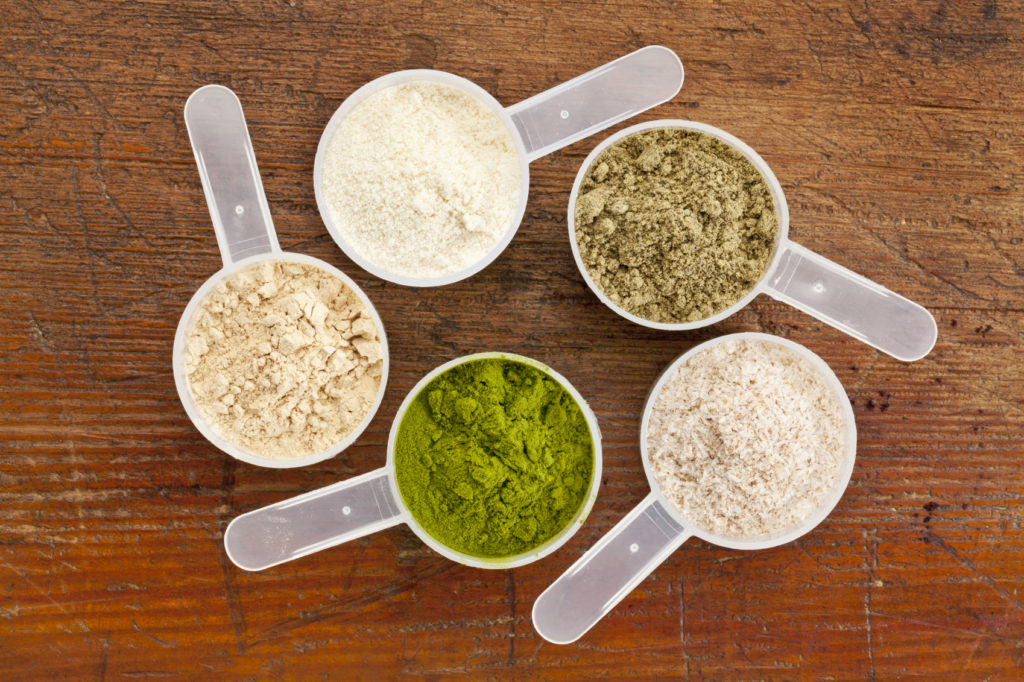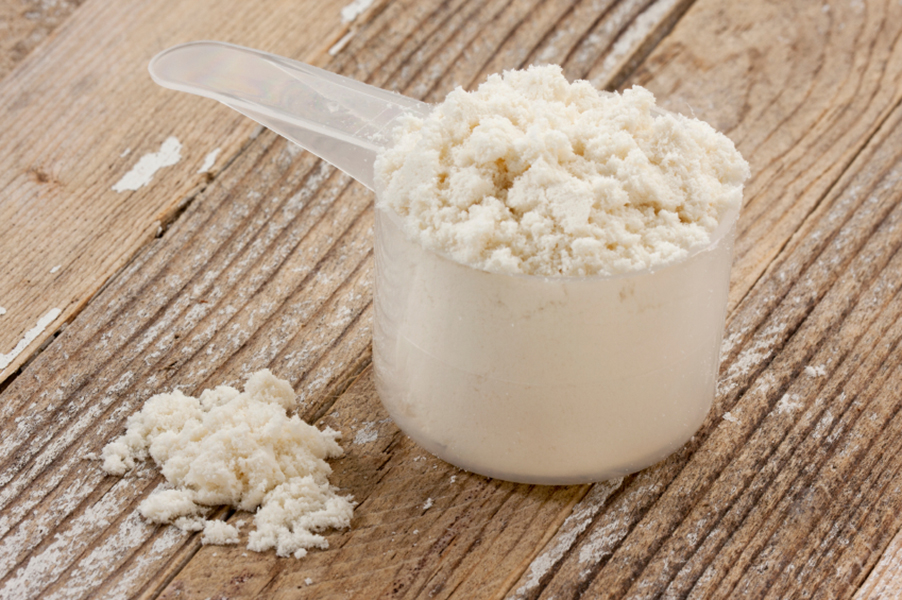Types of Protein Powder

After posting the recipe for protein pancakes here some readers were wondering which protein powder to use to recreate at home. When introducing a new supplement into your regimen the options are usually pretty overwhelming and seemingly endless. There are many brands, flavors and types of protein powder, and the right one for you is usually found based on trial and error. Basically, it depends on your dietary restrictions, preferences and taste buds. This is off to a really helpful start, isn’t it?! Keep reading.
The first choice you make is the composition. For powdered protein sources there are two kinds isolate and concentrate. What separates one from the other is the amount of protein and price point. Isolate contains roughly 90% while concentrate can contain much less, ranging from 30-80%. Isolate is nutritionally superior and usually more expensive. But you know what they say, you get what you pay for. You can determine the concentration by taking the number of grams of protein per serving and dividing it by the grams of protein per scoop. Each container of protein will come with a serving scoop.
Most commonly powders come in the form of Whey, Casein, Egg, and Soy. Whey is the most popular form of protein powder and usually the least expensive. However, if you have food allergies or are lactose/soy intolerant you’ll need to take that into consideration.
- Whey protein is a high quality protein source with higher amounts of branched chained amino acids. Branched chain amino acids are an important source of energy during exercise. Whey is a quick digesting protein so it will start breaking down in your body almost immediately. Because of this it is a great supplement post workout.
- Casein protein is a slower digesting protein source that can help sustain the body’s protein needs over a longer period of time. This would be more beneficial when you are using your protein shake as a snack to keep you full between meals rather than pre/post workout.
- Egg protein has a complete profile of essential amino acids and branched chain amino acids. Sounds too good to be true right? It kind of is…it’s sometimes hard to digest and can leave you feeling bloated and cramp-y (so I’ve heard, I do not know from personal experience!).
- Soy protein is great choice for vegans and vegetarians. Although it is a lower quality alternative and it is very hard to digest.
So, when do you take and how do you take protein powder? Take one scoop (20g-ish) of your protein powder of choice and mix in water/milk (skim, almond, soy) within 30 minutes before your workouts and another scoop within 30 minutes after training. If you are looking to incorporate more protein throughout your day you can also prepare the same drink as a snack between meals (note: this is NOT a meal replacement). Protein is essential for muscle growth and recovery as well as increasing your metabolism so supplementing around your workouts can lead to amazing results. Don’t want to bulk up? Don’t worry you won’t – remember this?
Supplementing should be a very thoughtful and well-researched process, so take your time weighing (whey-ing, ha ha ha) your options. Whole Foods and GNC often sell single serving samples, so definitely do some tasting before you commit.







Hemp & pea protein and good vegetarian/vegan alternatives to soy proteins 🙂
Excellent point, Mollie! Thank you!